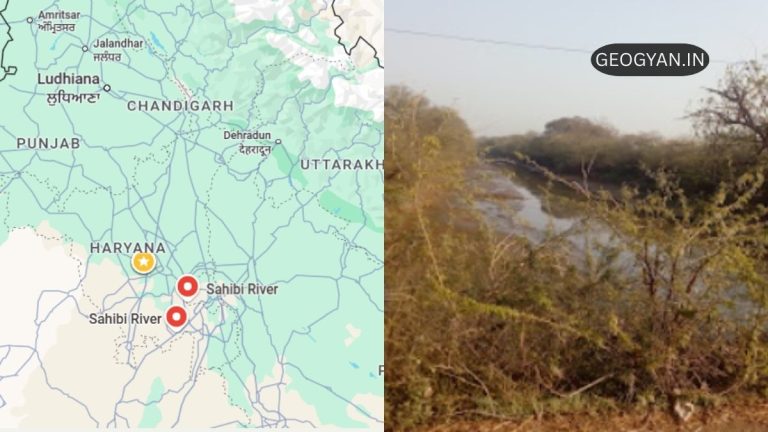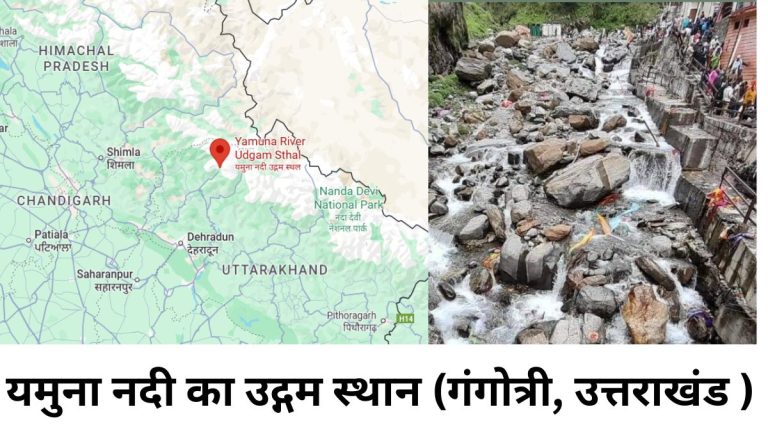Access the latest NCERT Solutions for Class 8 Geography Chapter-1: Resources and Development, updated for 2024-2025. Solution is designed to help students tackle difficult questions with ease. The content is written in simple, easy-to-understand language.
Exercise
Answer the following questions:
(i) Why are resources distributed unequally over the earth?
Resources are distributed unequally over the earth because of the different physical factors such as terrain, climate, and altitude. These factors vary greatly from one region to another, which affects the availability and distribution of resources.
(ii) What is resource conservation?
Resource conservation is the practice of using resources carefully, ensuring they have time to get renewed, and minimizing waste to preserve them for future generations.
(iii) Why are human resources important?
Human resources are important because people have the knowledge, skills, and technology to transform natural materials into valuable resources. They are essential for creating more resources and ensuring sustainable development.
(iv) What is sustainable development?
Sustainable development is the careful utilization of resources to meet present needs without compromising the ability of future generations to meet their own needs. It emphasizes resource conservation and environmental protection.
Tick the correct answer:
(i) Which one of the following does NOT make substance a resource?
(a) utility (b) value (c) quantity
Ans. (c) quantity
(ii) Which one of the following is a human-made resource?
(a) medicines to treat cancer (b) spring water (c) tropical forests
Ans. (a) medicines to treat cancer
(iii) Complete the statement.
Non-renewable resources are
(a) those which have limited stock
(b) made by human beings
(c) derived from non-living things
Ans. (a) those which have limited stock.
Other Important Short Answer Questions
Based on the first chapter of the NCERT Class 8 Geography textbook on Resources and Development, here are some important short answer questions and answers that have been asked in past exams, including UPSC:
1.What is a resource?
A resource is anything that can be used to satisfy a need. It could be natural, human-made, or human. Resources have utility and value, which make them important for human needs.
2 .What gives value to a resource?
The utility of an object or substance gives it value. Value can be economic or non-economic, depending on its use in satisfying human needs.
3. Explain the term ‘Natural Resources’.
Natural resources are those that are drawn from nature and used without much modification, such as air, water, soil, and minerals. These are free gifts of nature and may be renewable or nonrenewable.
4. Differentiate between renewable and non-renewable resources.
- Renewable resources are those that can be replenished naturally and are available continuously (e.g., solar energy, wind energy). However, careless use can deplete renewable resources like water and forests.
- Non-renewable resources have a limited stock and take thousands of years to replenish (e.g., coal, petroleum). Once exhausted, they cannot be renewed quickly.
5. What are human-made resources?
Human-made resources are items created by humans using natural resources. Examples include buildings, bridges, roads, and machinery. Technology is also considered a human-made resource.
6. Why are humans considered a valuable resource?
Humans are considered a valuable resource because they have the knowledge, skills, and technology to create and manage other resources. The development of human resources through education and healthcare enhances their ability to contribute to society.
7. What is resource conservation?
Resource conservation refers to the careful use of resources, ensuring that they are available for future generations. It involves reducing consumption, recycling, and reusing resources to minimize waste.
8. Define sustainable development.
Sustainable development is the balanced use of resources to meet current needs without compromising the ability of future generations to meet their own needs. It focuses on resource conservation, minimizing environmental damage, and maintaining ecological balance.
9. What are the main principles of sustainable development?
- The main principles include:
- Respect and care for all forms of life
- Improving the quality of human life
- Conserving the earth’s vitality and diversity
- Minimizing the depletion of natural resources
- Changing attitudes and practices towards environmental conservation
MCQs: Resources and Development
Here are 20 MCQs based on Chapter 1 of the NCERT Class 8 book, Resources and Development, focusing on previous years’ questions and UPSC exam trends:
MCQs on Resources and Development
1. What is a resource?
(a) Anything that satisfies a need
(b) Anything that is abundant in nature
(c) Only man-made objects
(d) Substances that have no utility
Answer: (a) Anything that satisfies a need
2. Which of the following is not a human-made resource?
(a) Medicines
(b) Buildings
(c) Water
(d) Roads
Answer: (c) Water
3. What makes an object a resource?
(a) Its availability
(b) Its usability
(c) Its economic value
(d) Its natural abundance
Answer: (b) Its usability
4. What are the two main factors that can transform a substance into a resource?
(a) Knowledge and labor
(b) Time and technology
(c) Climate and weather
(d) Education and skill
Answer: (b) Time and technology
5. Which of the following is a renewable resource?
(a) Coal
(b) Petroleum
(c) Solar energy
(d) Natural gas
Answer: (c) Solar energy
6. Human beings are considered the most important resource because of their:
(a) Physical strength
(b) Knowledge and skill
(c) Abundance in nature
(d) Dependence on technology
Answer: (b) Knowledge and skill
7. Which one of the following does not make a substance a resource?
(a) Utility
(b) Value
(c) Quantity
(d) Availability
Answer: (c) Quantity
8. Resources that get renewed quickly are called:
(a) Human-made resources
(b) Renewable resources
(c) Non-renewable resources
(d) Non-living resources
Answer: (b) Renewable resources
9. What is the meaning of resource conservation?
(a) Using resources for present needs
(b) Using resources wisely to conserve for future generations
(c) Using resources until they deplete
(d) Hoarding resources for future use
Answer: (b) Using resources wisely to conserve for future generations
10. Which of the following is not an example of a natural resource?
(a) Water
(b) Air
(c) Plastic
(d) Soil
Answer: (c) Plastic
11. Which resource has limited stock and takes millions of years to replenish?
(a) Wind energy
(b) Solar energy
(c) Coal
(d) Water
Answer: (c) Coal
12. The uneven distribution of natural resources is due to:
(a) Equal availability of natural resources
(b) Varying physical factors like terrain, climate, and altitude
(c) Human interference
(d) Technology advancements
Answer: (b) Varying physical factors like terrain, climate, and altitude
13. Which of the following is an example of a non-renewable resource?
(a) Wind
(b) Water
(c) Solar energy
(d) Petroleum
Answer: (d) Petroleum
14. Hydroelectricity is generated from:
(a) Coal
(b) Flowing water
(c) Solar energy
(d) Natural gas
Answer: (b) Flowing water
15. The term ‘Sustainable Development’ means:
(a) Using resources without considering the future
(b) Utilizing resources in a way that meets current needs without compromising future generations
(c) Extracting as many resources as possible
(d) Focusing on non-renewable resources
Answer: (b) Utilizing resources in a way that meets current needs without compromising future generations
16. Technology is classified as what type of resource?
(a) Natural
(b) Non-renewable
(c) Human-made
(d) Renewable
Answer: (c) Human-made
17. Which of the following resources can be replenished?
(a) Petroleum
(b) Coal
(c) Water
(d) Natural gas
Answer: (c) Water
18. What is the key characteristic of a renewable resource?
(a) It is available in limited quantities
(b) It can be replenished naturally in a short period
(c) It takes millions of years to form
(d) It cannot be reused
Answer: (b) It can be replenished naturally in a short period
19. People who contribute to creating resources through knowledge and skill are known as:
(a) Natural resources
(b) Human resources
(c) Non-renewable resources
(d) Material resources
Answer: (b) Human resources
20. Why is sustainable development essential for resource management?
(a) To avoid depletion of non-renewable resources
(b) To ensure equal distribution of resources across all regions
(c) To balance the needs of present and future generations
(d) To maximize resource extraction
Answer: (c) To balance the needs of present and future generations
Other Chapter
| Chapter 2:- Land, Soil, Water, Natural Vegetation and Wildlife Resources | Chapter 3:- Agriculture |
| Chapter 4:- Industries | Chapter 5:- Human Resources |




























